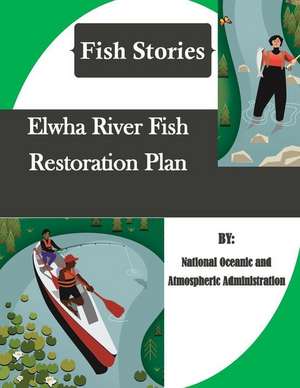Elwha River Fish Restoration Plan (Fish Stories)
Autor National Oceanic and Atmospheric Adminis Editat de Penny Hill Press Incen Limba Engleză Paperback
Preț: 95.33 lei
Nou
Puncte Express: 143
Preț estimativ în valută:
18.24€ • 19.15$ • 15.14£
18.24€ • 19.15$ • 15.14£
Carte disponibilă
Livrare economică 20 martie-03 aprilie
Preluare comenzi: 021 569.72.76
Specificații
ISBN-13: 9781523454891
ISBN-10: 152345489X
Pagini: 170
Dimensiuni: 216 x 279 x 9 mm
Greutate: 0.41 kg
Editura: CreateSpace Independent Publishing Platform
ISBN-10: 152345489X
Pagini: 170
Dimensiuni: 216 x 279 x 9 mm
Greutate: 0.41 kg
Editura: CreateSpace Independent Publishing Platform
